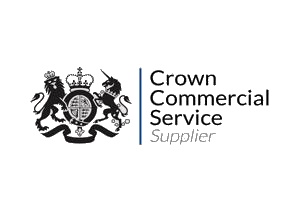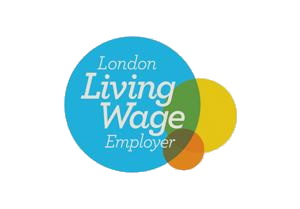Blogs
Unique Canadian campaign sees deadlock return - why?
Prime Minister Trudeau called a snap federal election in what was derided as one of Canada’s worst kept political secrets, with canvassers knocking on doors before the announcement had even been made. Like most snap elections, this was called to strengthen Trudeau’s mandate – in this case in his Government’s continued efforts to combat Covid-19. Trudeau began the campaign as a clear favourite. Buoyed by being a Government vaccinating the nation, and aided by a notably short election campaign (36 days), most predicted his win to be a foregone conclusion.
Incumbent Liberals vs. insurgent Conservatives
As seen in recent elections in New Zealand, and local elections in Scotland, Wales, and England, voters are inclined to reward the party in power for the vaccination of the population. Trudeau, recognising this, chose to frame his opening narrative as Canadians ‘need[ing] to choose how we finish the fight against Covid-19’. Perhaps this assumption bred complacency as within weeks the Conservatives, led by little-known moderate Erin O’Toole, had surpassed Trudeau’s Liberals in the polls.
This change was not without reason – The Liberal campaign began, half-baked, by a minister referring to the Taliban as ‘our brothers’ and Trudeau encountering unsympathetic Canadians in hostile areas during visits. However, it was the release of the Conservative manifesto which promised bold policies framed in bold terms which caught most Canadian’s interest: ‘Recover 1,000,000 jobs’, protect the health of Canadians’, ‘Secure the Future’. These commitments doubled as rallying cries and popular policies which could help explain the Conservatives’ optimism. Not only did the messaging seem to deliver for O’Toole, but so did his attempt to reposition his party on important issues including support for LGBT rights, a pro-choice stance on abortion, and cosier relations with unions. A change in party platform, mixed with strong messaging and a relatively unknown leader, meant attacks from Liberals did not ring true or cause their intended damage.
Frayed edges
However, whilst the Conservative repositioning may have attracted some, for others it was a bridge too far. For supporters of the newly formed People’s Party of Canada, O’Toole is “bending over backwards to do everything the Liberals are doing” – significant cross-over of policy has historically led to success among those with more radical ideas. What seems to be the driving force behind the PPC’s success, moving from a fringe group to fourth-place player, is disillusionment amongst ideological conservatives, who view their party as losing its way. Changing your own party platform can be brutal and subject to resistance – just ask Blair, Trump, or Boris Johnson. However, messaging consistency is vital in any campaign and sometimes a party can attempt to create too broad a coalition that frays at the edges.
Canada’s Green Party also suffered a poor campaign. With the lowest number of candidates since 2000 and significant internal strife (which included defections, votes of no-confidence and endorsement of other parties), the Green campaign was simply damage control. Moreover, with the issue of climate change dwarfed by that of Covid-19, the Green Party’s rallying cry was muffled. Additionally, their slogan of ‘be daring’ came at a time in which Canadians did not want to be – preferring stability throughout the remainder of the pandemic.
Squeezed out
Languishing in most polls were the New Democrats, and Bloc Québécois. The former is a progressive party, the latter a regional party for the Quebec province. Whilst BQ has a location-restricted vote ceiling much like the SNP in Scotland, the NDP does not. The mistake they made was re-using the blueprint from the last election in 2019, in which they also suffered disappointing results. Criticised for policies lacking detail, it is likely the NDP suffered defeat at the hands of those who decided to back the Liberals, conscious of the close two-way race between Trudeau and O’Toole. However, the NDP’s leader, Jagmeet Singh, garnered much attention for his unique campaigning methods, which included playing video games for 60,000 online viewers, dancing on his campaign bus, creating TikTok videos, and doing handstands in Halifax harbour – these stunts are what voters recall.
Therefore, it’s no surprise the change in vote share and seats was so minimal. Trudeau’s Liberals decreased half a percentage point and gained one seat, the Conservatives decreased similarly in their vote share and lost two. Such results suggest the electorate did not wish to take risks at a time of such volatility. Those promising bold actions including the PPC and Greens suffered electoral losses and humiliation, whilst moderate parties weathered a storm largely unscathed.
Whilst this election was overshadowed by Covid-19, Canada’s politics will likely continue to become more interesting. Trudeau’s sheen however has worn off, whilst the opposing Conservatives are undergoing profound structural changes in terms of their image and narrative. What may have seemed a dull election may have been the last chance for moderates to convince reluctant Canadians that they are suitable governors. All is to play for in the years to come.

Tom Bromwich is a Research and Communications Assistant at College Green Group.



